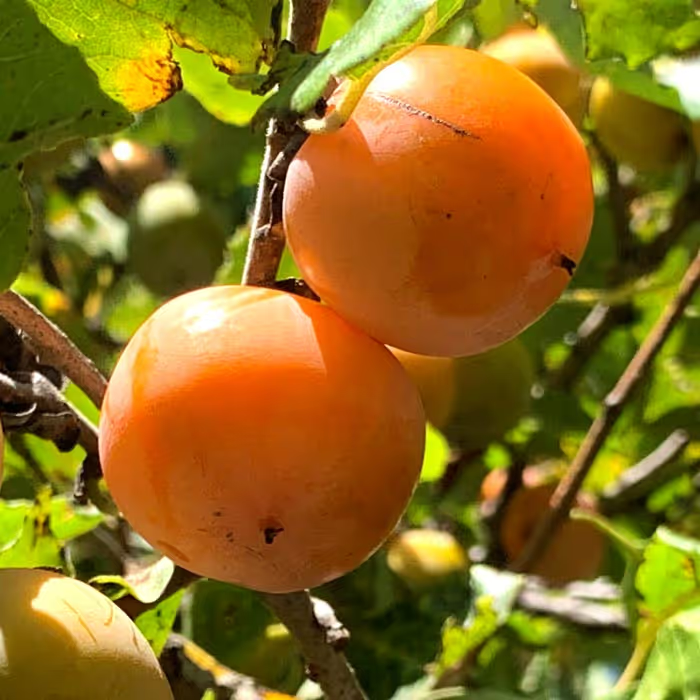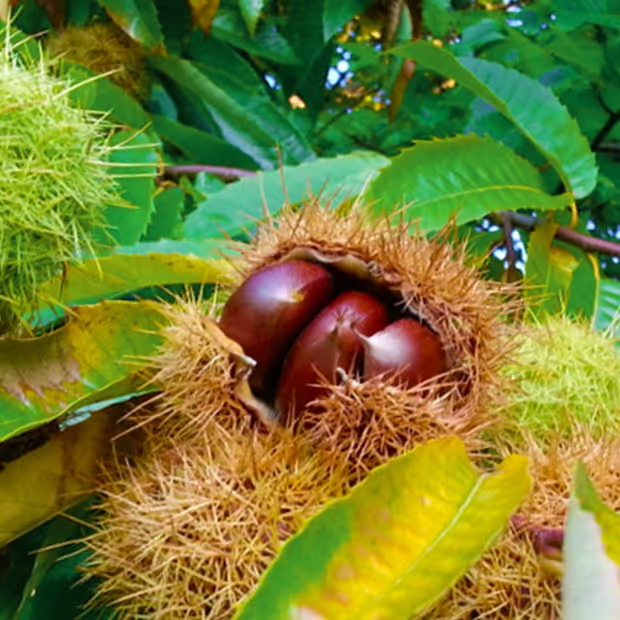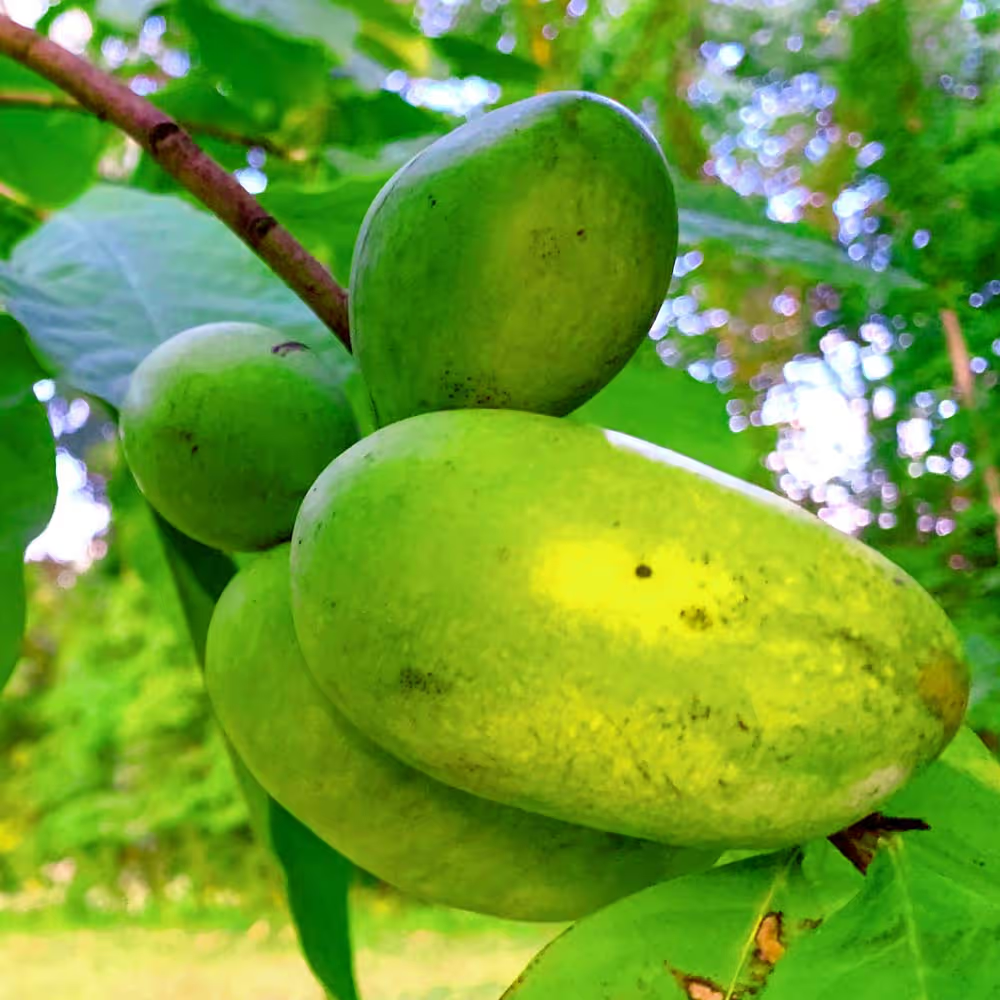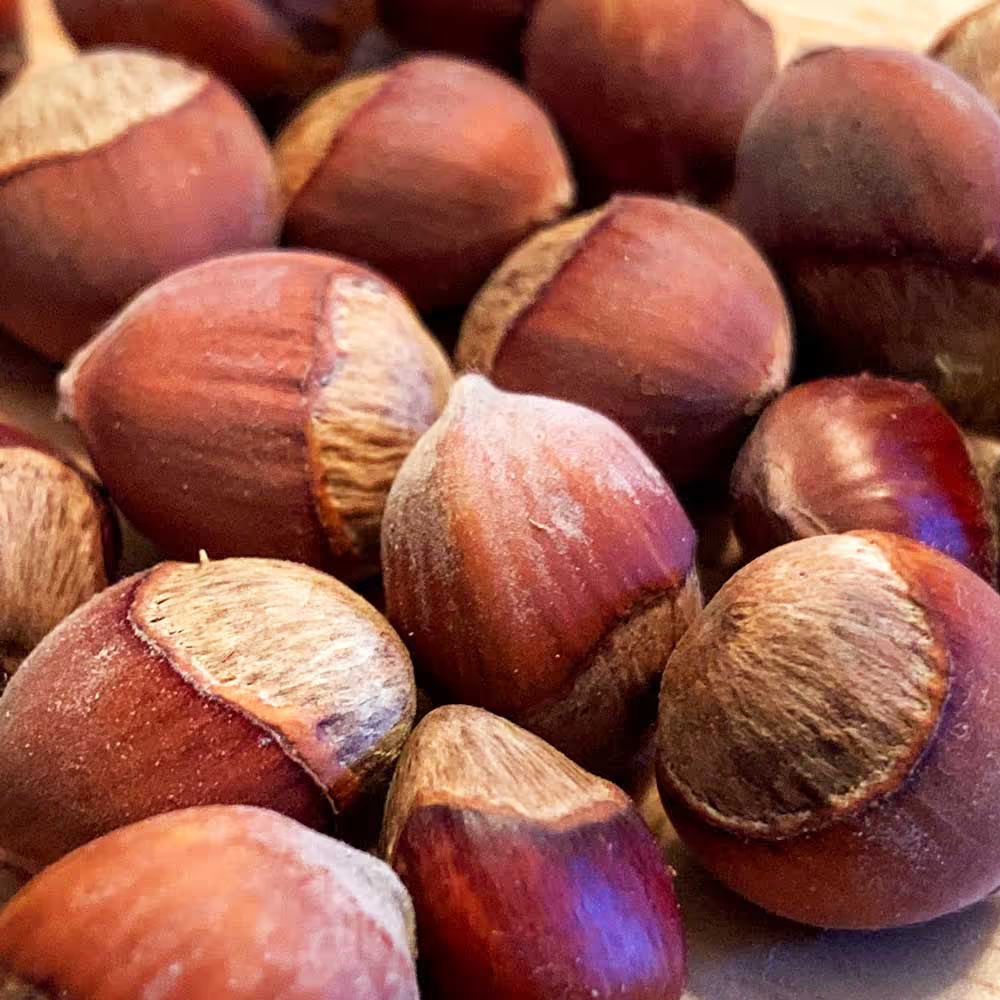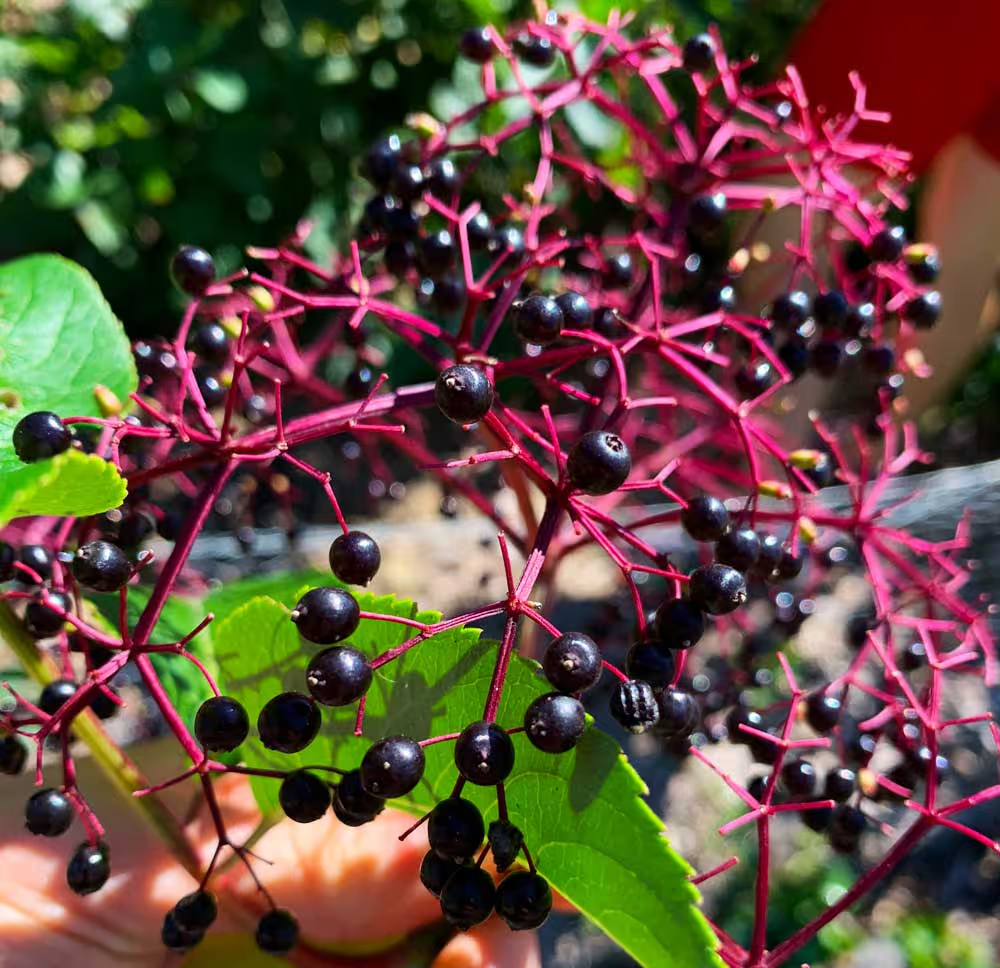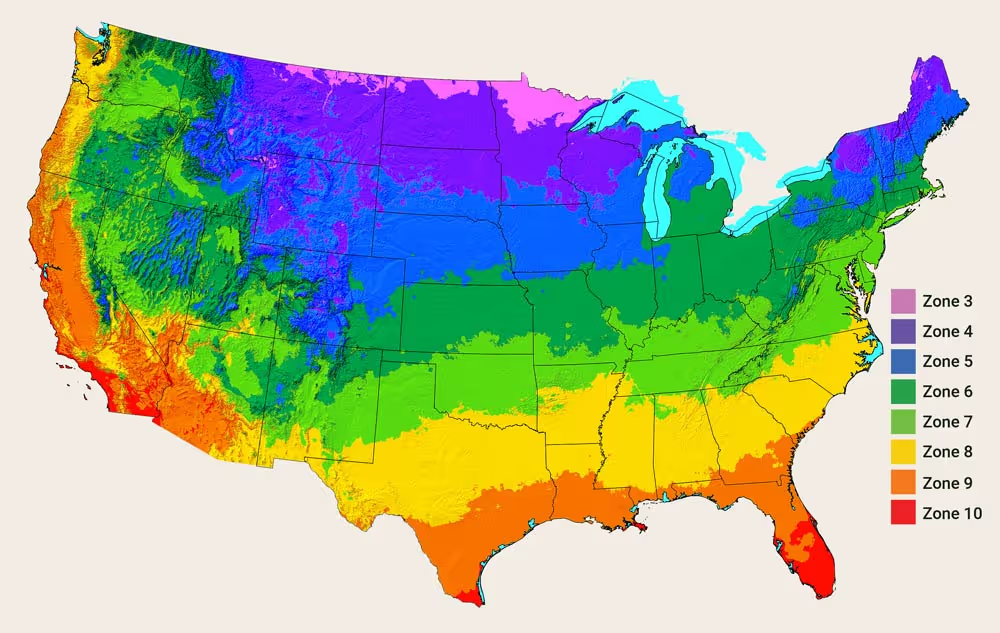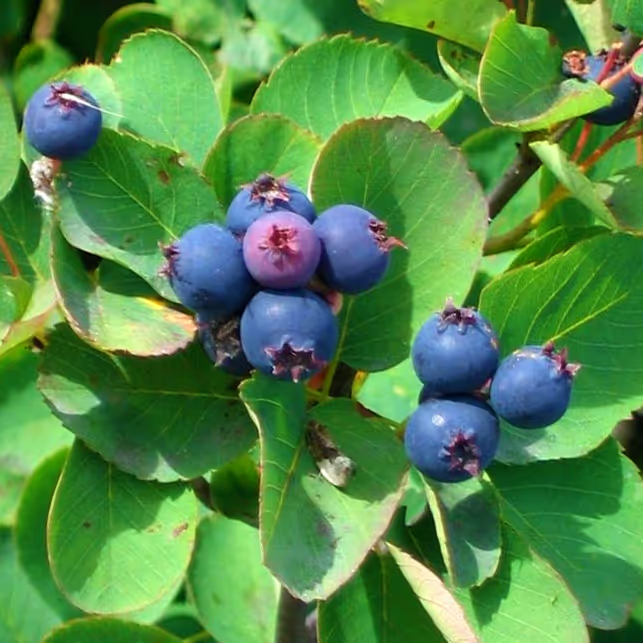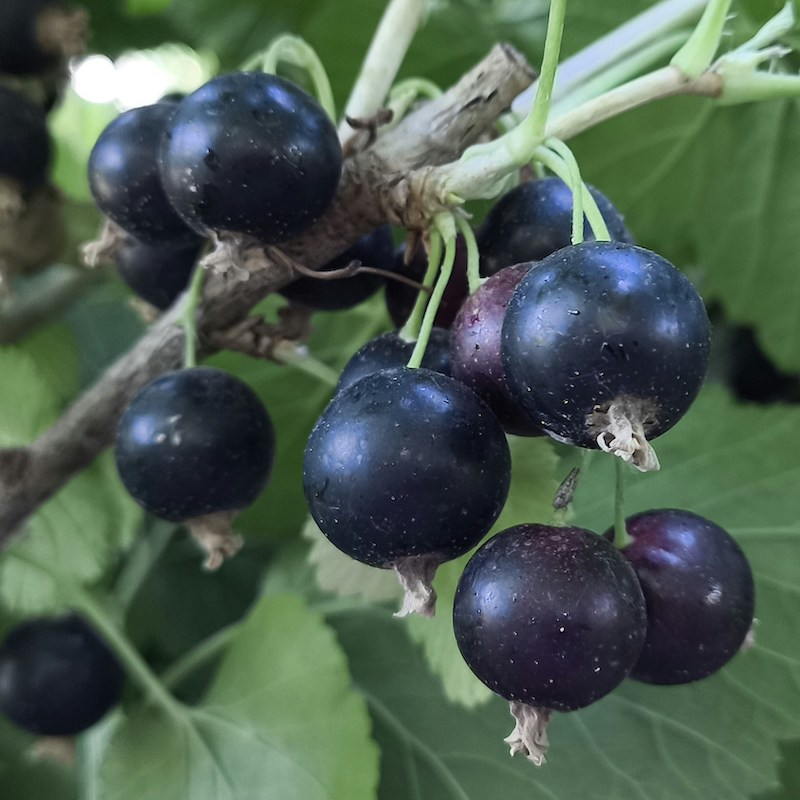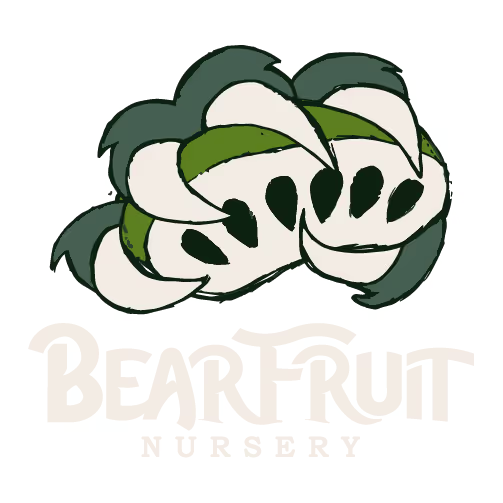Why Plant American Persimmons?
The Native "Fruit of the Gods"
American Persimmons might just be the sweetest autumn fruit that you will you ever eat. The American Persimmon wasn't given it's latin name, Diospyros virginiana, without reason. Diospyros means "Fruit of the Gods". Persimmons were an important part of Native American cuisine and medicine. Native to the eastern and central United States, American Persimmons seedlings are an attractive versatile low maintenance species that are perhaps even more appealing to deer, turkey, other wildlife, and livestock as they are to us.
What do American Persimmons taste like?
While easy to grow, American Persimmons are often misunderstood and are not a fruit that you are likely to run into at the grocery store. When harvesting the fruit it is important to wait until they are soft, mushy, and sometimes even beginning to darken in color as the fruit develops it's sugars. This process is known as bletting. These are not qualities that the supermarket fruit connoisseur are used to. While an unripe American Persimmon is firm, bright orange, more visually appealing; one bite will dry out your mouth in way that feels like things will never be normal again in the moment. That's ok, just bite into the next ripe one and let your fears melt way into the pleasant honey-apricot like flavors of the American Persimmon tree you planted in your backyard.
Why Plant Our Bare Root American Persimmon Seedlings?
Our American Persimmon seedlings are grown outside in loose native soil that is amended with our own compost and mulched with grass, leaves, and locally sourced wood chips. We focus on developing strong robust root systems for easier transplanting and avoid growing in pots to prevent circling roots. We do not spray our trees with herbicides, pesticides or chemical fertilizers. We collect our American Persimmon seeds from a very old tree that was planted by a family member on family land in the late 1950s or early 1960s. This specific Persimmon tree produces fruit that is often larger and sweeter than other wild trees in our area. We believe this tree's genetics should live on just like the memories of our family before us.

